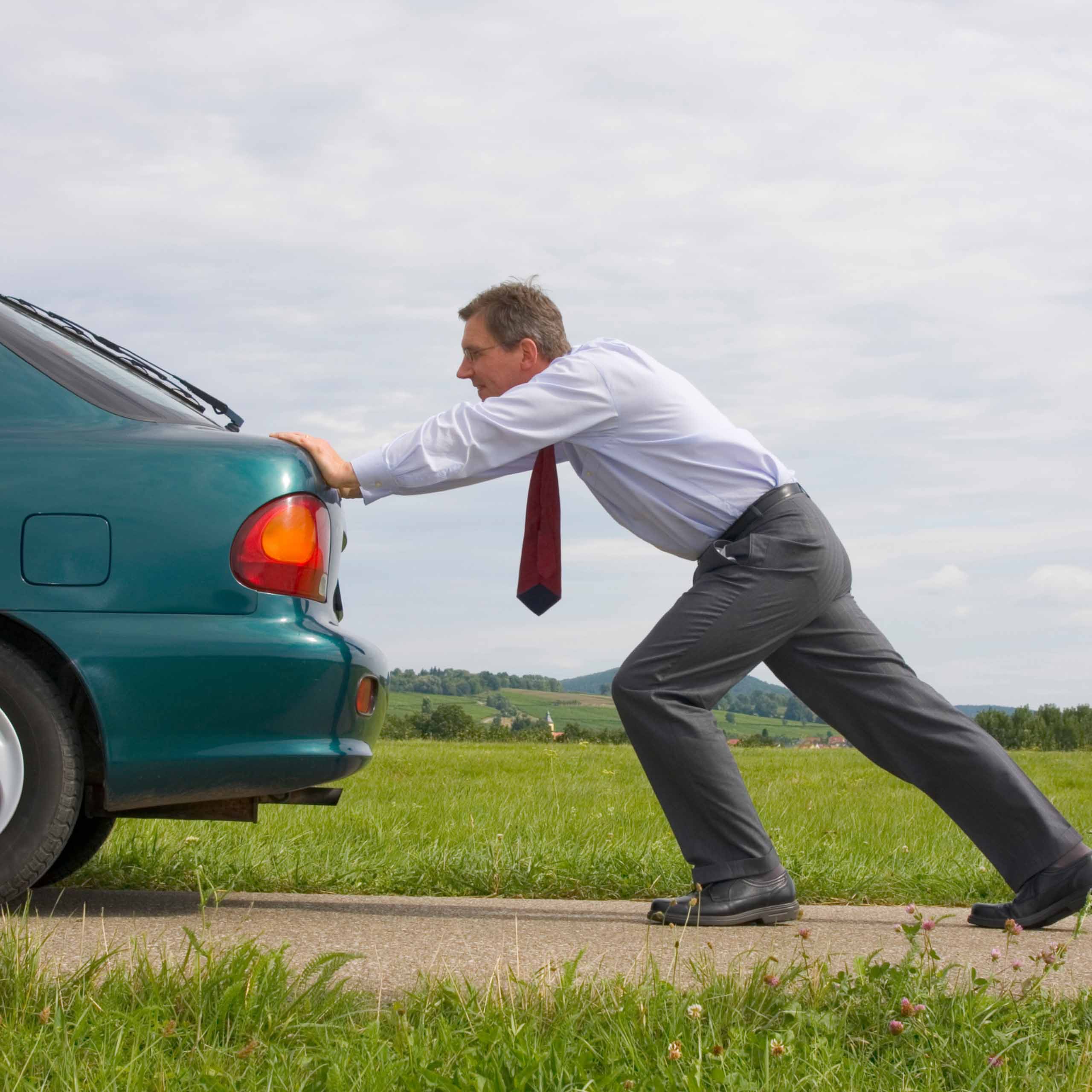
Être en panne
Today, the most common meaning of être en panne “to have broken down” is mainly associated with the automobile industry, or to say that an engine or mechanism of some kind is “out of order”... But like many expressions in our everyday vocabulary, it originates in the naval world.
Originally, panne referred to the longest piece of a yardarm, i. e. the piece of wood placed across the masts to secure the sails.
In the 16th century, when people wanted a ship to stop, or mettait en panne, they oriented the yardarms and sails according to the wind direction to stop the ship from moving forward. So, it was done on purpose…
When the ship was drifting slightly, it was called a running failure. A distinction was then made between a soft failure—when the ship drifted completely into the wind—and a hard failure—when it drifted slightly forward. It was also referred to as a dry run when the ship was set adrift without any sails, only able to use the rudder.
In the 18th century, the expression was broadened to mean “to come to a halt, to become inactive.”
It was not until the 19th century that the meaning of stopping a mechanism (such as a clock) from functioning first appeared. This meaning became widespread at the beginning of the 20th century with the development of the automobile, to the point that today, être en panne meaning “to have broken downr” and derived words such as dépanner “to repair” or dépanneuse “tow truck” are associated with this sector.
